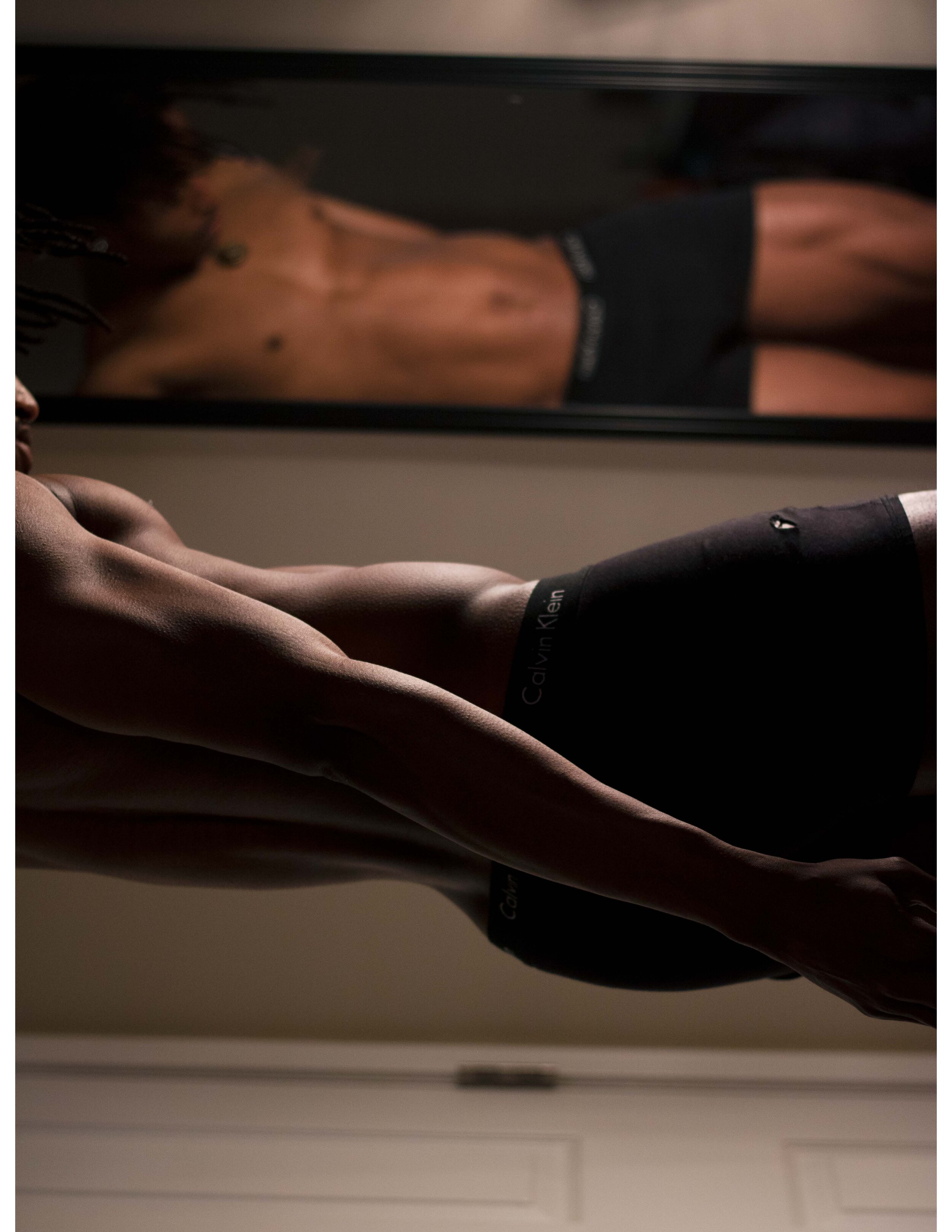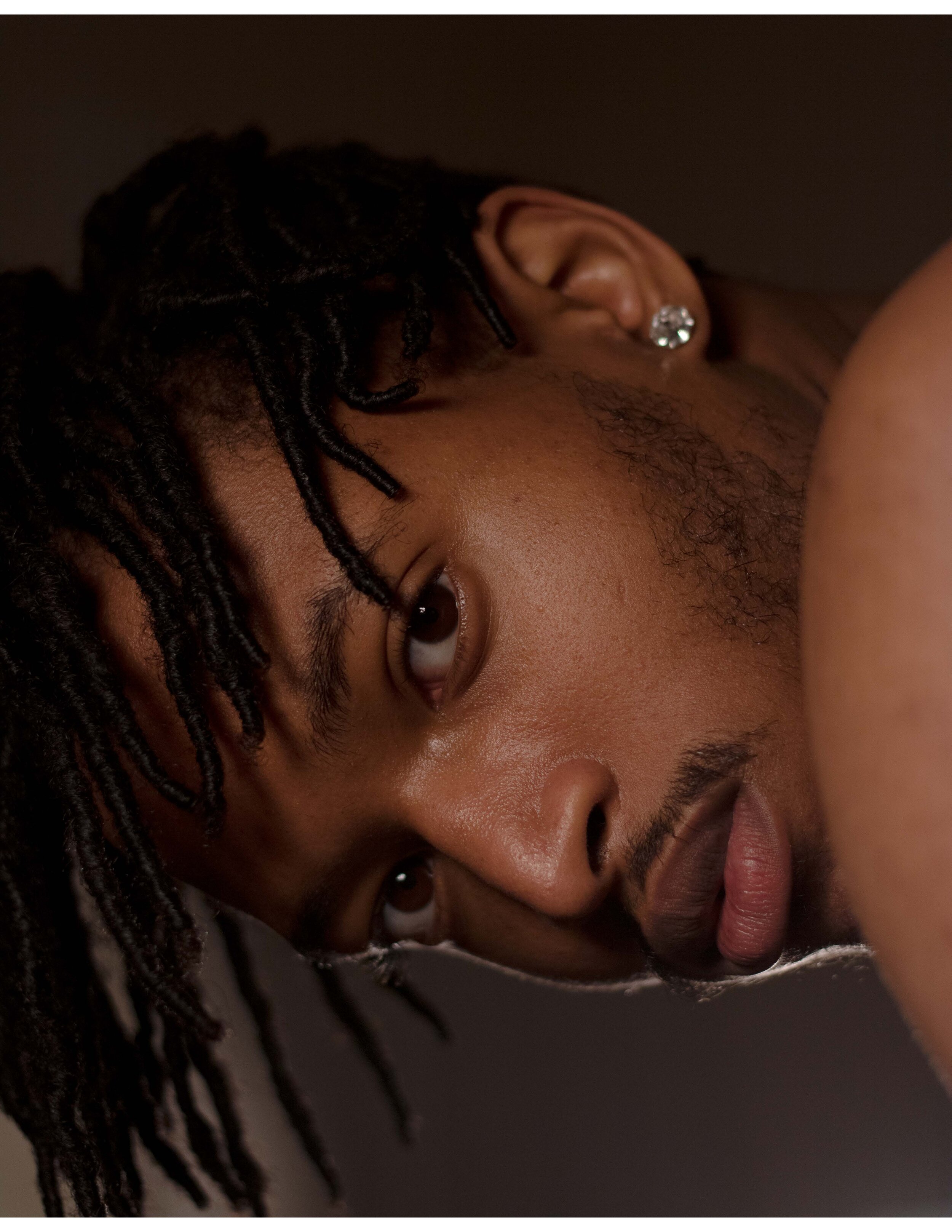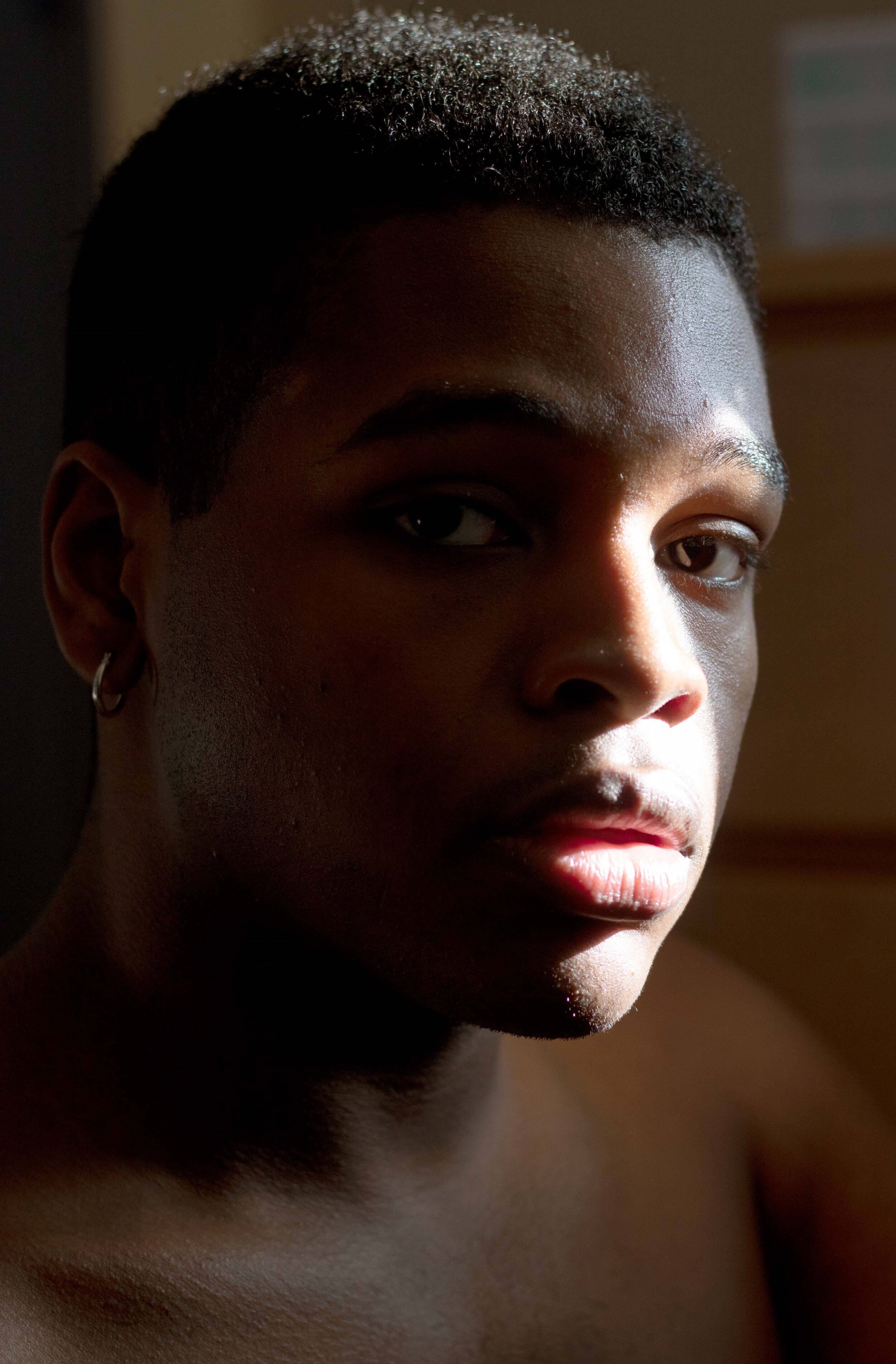January 1, 2021
Maya lewis: portraits of power
STORY BY Lorelei Horrell / Photos BY Maya lewis / EDITED BY Nicole Brokaw
Maya Lewis (‘21) is a photographer from Brooklyn, NY, with roots in Trinidad and Grenada. She is a photography major with a women and gender studies minor. Creating and storytelling are constant in Maya’s life, and she has a talent for capturing intimate and honest portraits. At IC, she has worked with Passion Project and Embrace. At Embrace, she captured the cover image for the very first issue, and she now serves as head of photography.
Lorelei Horrell corresponded with Maya Lewis over email, discussing her interest in Black identities, as well as her creative process—and how she has adapted it in isolation.
LH: How did you get started with photography?
ML: Growing up, I have always shared an interest and passion for art and would express my creativity through painting, drawing, and other forms of visual arts. However, my interest in photography was piqued over the summer of 2015, when I was taking a film class at the Fashion Institute of Technology. During my lunch breaks, I would always come across interesting and unique individuals and would feel compelled to capture them. Eventually, after begging my mother for a camera, she bought me a Canon Rebel T6i.
Over the years, I have developed a passion for portraying the intersectional identities of Black individuals through portraiture work as well. I am also very passionate about exploring the portrayal of Black femininity and Black female sexuality in different ways.
LH: I'd really like to hear more about your interest in Black intersectional identities, sexuality, and femininity. In what ways do you feel like this mission shapes your work?
ML: As a young Black girl, growing up I rarely saw people who looked like me in the media or arts, which led to me feeling invalidated and small in relation to the world. Because of this feeling, as a photographer, I am very passionate about capturing the experiences and versatile identities of Black individuals, by allowing them to see themselves in spaces where their narratives were often silenced.
Also, as someone who grew up in a Caribbean Christian household, where sex was only spoken about in relation to virginity, I am passionate about and interested in some of the ways in which I can break certain stigmas about sex and sexual education in relation to the identities of Black women, visually. I also believe my women and gender studies minor played a major role in shaping this interest and self-reflective state, through the amazing and insightful courses I have had the opportunity of taking at IC over the years.
LH: I'm reminded of one of the core questions in Art Causes a Ripple: “How do you use art to disrupt spaces in stasis?” Personally, I'm an advocate for the importance of the arts as a tool for ethical discussions and social movements/rebellions. Do you tend to think of your art as a form of activism?
ML: As a photographer, I believe I am constantly using my art as a form of activism to challenge and critique certain societal notions and stigmas that have been created against Black folks and Black women. In doing this, my goal is to start an important dialogue with the viewer and challenge their way of thinking.
LH: When you start a new project, do you feel like you have a core process you always come back to, or is it always different? For example, I was checking out the "Brown Sugar" series on your Instagram—did you start out with a main theme you wanted to approach, or was it more like it came to you as you were working?
ML: Because I am a planner most of the time, I tend to go into a project with a specific idea or visual concept as my guide. Over time, I will change how I choose to execute that idea and what photo techniques I will use, based on feedback from my peers and professors. Exposure to different art forms, from photography to paintings to mixed mediums, also plays a major role in my creative process for the different projects I work on, as well as assisting in my overall growth as an artist.
Initially, the idea for my Brown Sugar project stemmed from a course that I was taking at the time with Dr. Horsley called Exploring Black Sexualities: Porn Studies. Through this course, I became fascinated and excited by the different ways I could explore the portrayal of Black sexualities, as well as how it could differ from person to person based on their internalized definition of it. Looking back, it wasn’t until the second assignment in my Photobook class that I knew what I wanted to do.
The pandemic also affected how my execution of the Brown Sugar project shifted, due to quarantining. It caused me to rethink how I would capture my subjects.
LH: Oh yes, I saw your facetime portraits and wanted to ask about them! What was that process like? Do you feel like isolation has impacted your work in any other way?
ML: During quarantine, using facetime as an art medium was an interesting and challenging experience for me, when working on Brown Sugar. I consider myself to be a people person, who is accustomed to taking portraits. I am someone who enjoys the social aspect of my shoots and getting to know more about my subjects.
During the facetime shoots, I would direct individuals on what poses to do, as well as the angles and positions they should take the photos from. And of course, each person was in full control of what they were wearing and what they wanted to show the camera, as usual. While it was hard for me to adjust to this technique, I believe it was interesting to see how the expression of their sexuality was shaped by their experience during the pandemic, as well as their environments.
This semester, working on my photo thesis has been a bit of an adjustment, as my home environment and work environment have melted into one. I have been forced to turn the camera on myself, which has allowed me to explore certain topics around my identity, on a personal level.
Maya is currently working on her photo thesis, which “focuses on aspects of the performative self, and how it is constantly being molded based on [her] environment, through repetitiveness.”





